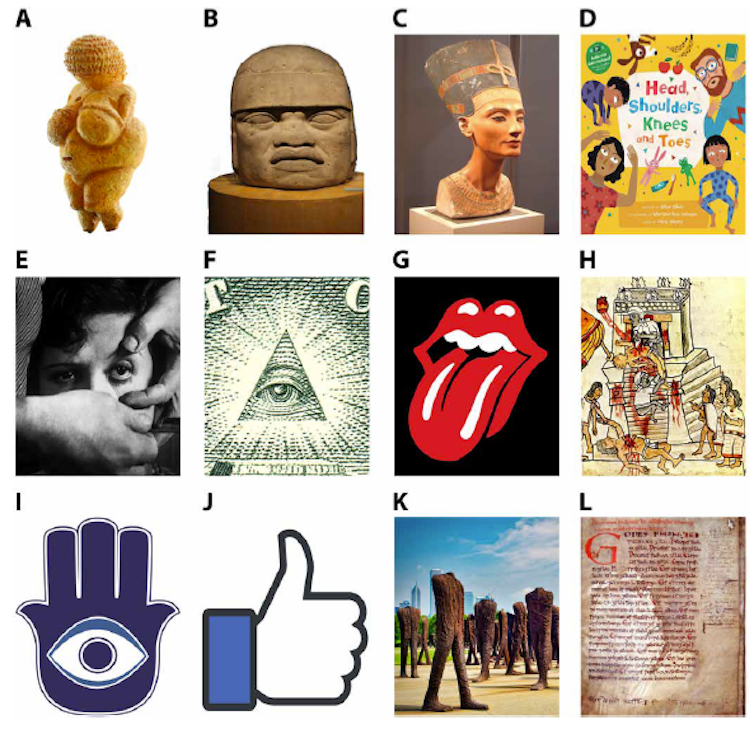The Bible’s lex talionis – “Eye for eye, tooth for tooth, hand for hand, foot for foot” (Exodus 21:24-27) – has captured the human imagination for millennia. This idea of fairness has been a model for ensuring justice when bodily harm is inflicted.
Thanks to the work of linguists, historians, archaeologists and anthropologists, researchers know a lot about how different body parts are appraised in societies both small and large, from ancient times to the present day.
But where did such laws originate?
According to one school of thought, laws are cultural constructions – meaning they vary across cultures and historical periods, adapting to local customs and social practices. By this logic, laws about bodily damage would differ substantially between cultures.
Our new study explored a different possibility – that laws about bodily damage are rooted in something universal about human nature: shared intuitions about the value of body parts.
Do people across cultures and throughout history agree on which body parts are more or less valuable? Until now, no one had systematically tested whether body parts are valued similarly across space, time and levels of legal expertise – that is, among laypeople versus lawmakers.
We are psychologists who study evaluative processes and social interactions. In previous research, we have identified regularities in how people evaluate different wrongful actions, personal characteristics, friends and foods. The body is perhaps a person’s most valuable asset, and in this study we analyzed how people value its different parts. We investigated links between intuitions about the value of body parts and laws about bodily damage.




